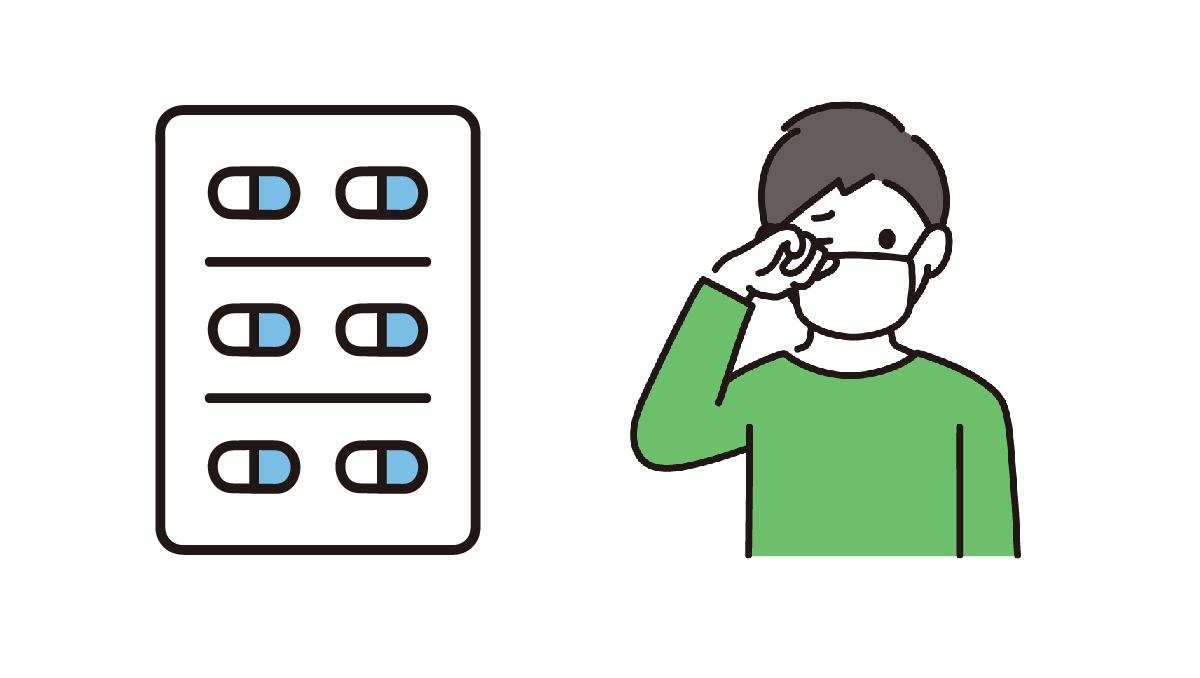
- Introduction: Making Eye Drops Easier, Safer, and More Accurate
- What the Patent Drawing Shows
- How the Assist Mechanism Works
- Benefits for Daily Users, Elderly Individuals, and Medical Care
- Engineering & Human-Factor Considerations
- Patent Attorney’s Thoughts
- Application of the Technology: “Precision Eye-Drop Guidance Platform”
- Final Reflections
Introduction: Making Eye Drops Easier, Safer, and More Accurate
Applying eye drops is notoriously difficult—people blink, miss the target, or spill drops down their face.
This patent drawing presents an eye-drop assist device designed to stabilize the user’s hand, guide the bottle, and ensure drops land precisely on the eye with minimal discomfort.
What the Patent Drawing Shows
The diagrams reveal a simple yet highly functional support structure:
- A frame that rests lightly around the eye area
- A guide ring or funnel that aligns the eye-drop bottle tip
- A spacing mechanism ensuring the bottle never touches the eye
- A stabilizing grip that keeps the user’s hand steady
- A soft ergonomic contour that reduces blinking reflex
The device acts as a “targeting guide” for precise drop placement.
How the Assist Mechanism Works
The user attaches or holds the device around the eye:
- The guide ring aligns the bottle vertically above the eye
- The spacing prevents the tip from accidentally touching the eyelid
- Drops fall directly into the center of the eye without sliding off
- Stabilization reduces hand shaking and blinking
- The device allows single-handed operation
It transforms a stressful action into an easy routine.
Benefits for Daily Users, Elderly Individuals, and Medical Care
- Greatly simplifies the eye-drop process
- Reduces risk of contamination from bottle-eye contact
- Ideal for people with shaky hands or difficulty aiming
- Enhances independence for daily eye-care routines
- Useful in clinics, schools, elder care, and travel kits
A small device with significant health-care impact.
Engineering & Human-Factor Considerations
- Materials must be soft, skin-safe, and easy to clean
- Angle of funnel must ensure natural flow of the drop
- Distance spacer must match standard eye-drop bottle sizes
- Edges must avoid stimulating blinking reflex
- Compact structure should allow portability
Precision meets comfort.
Patent Attorney’s Thoughts
A gentle guide can change a daily struggle into a moment of ease.
This invention shows how thoughtful design harmonizes with human instinct—making care simpler through clarity and stability.
Application of the Technology: “Precision Eye-Drop Guidance Platform”
Purpose
To assist users in applying eye drops accurately and comfortably.
System Components
- Eye-area rest frame
- Bottle-alignment ring
- Distance-control spacer
- Stabilizing grip
- Soft ergonomic contact surface
Operational Flow
- Position the device around the eye.
- Insert bottle tip into the guide ring.
- Tilt head slightly back.
- Apply drops with controlled distance.
- Remove device and close eye gently.
Final Reflections
By combining ergonomic support with precise guidance, this device makes eye-drop application safer, cleaner, and far less stressful.
Disclaimer: This content is an AI-generated reinterpretation based on a patent drawing.
It is provided for educational and cultural purposes only, and not as legal advice.
↓Related drawing↓




